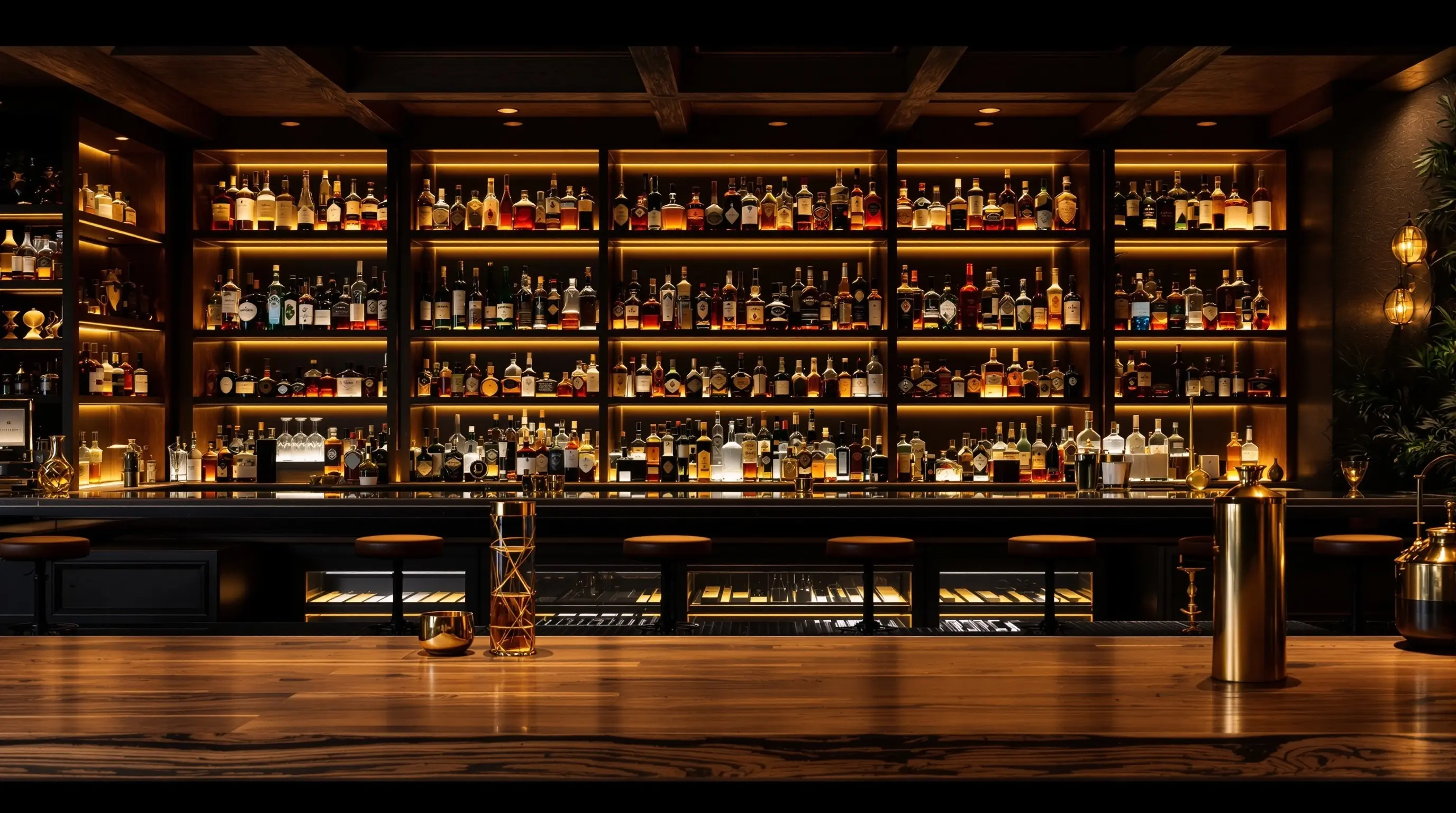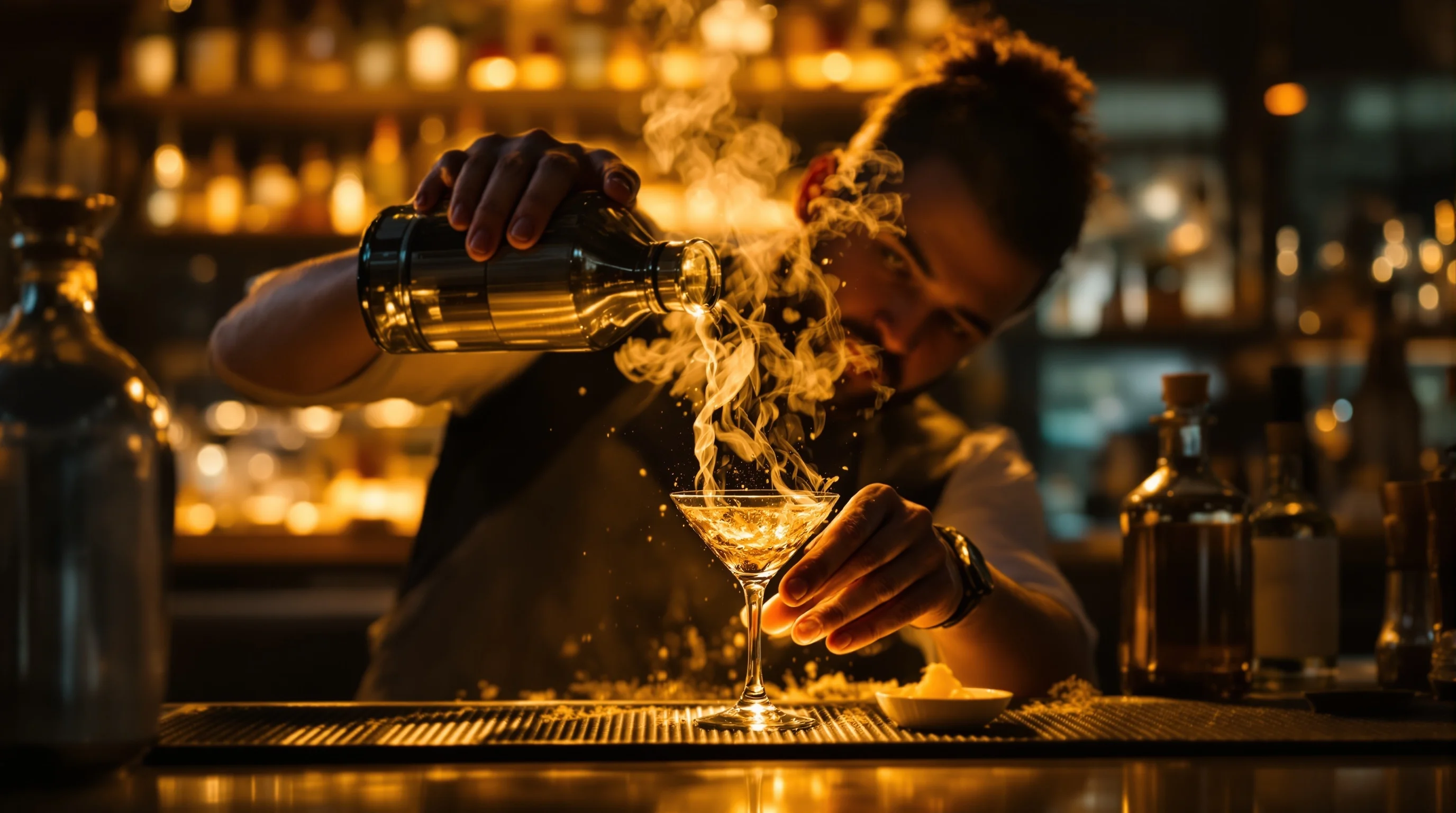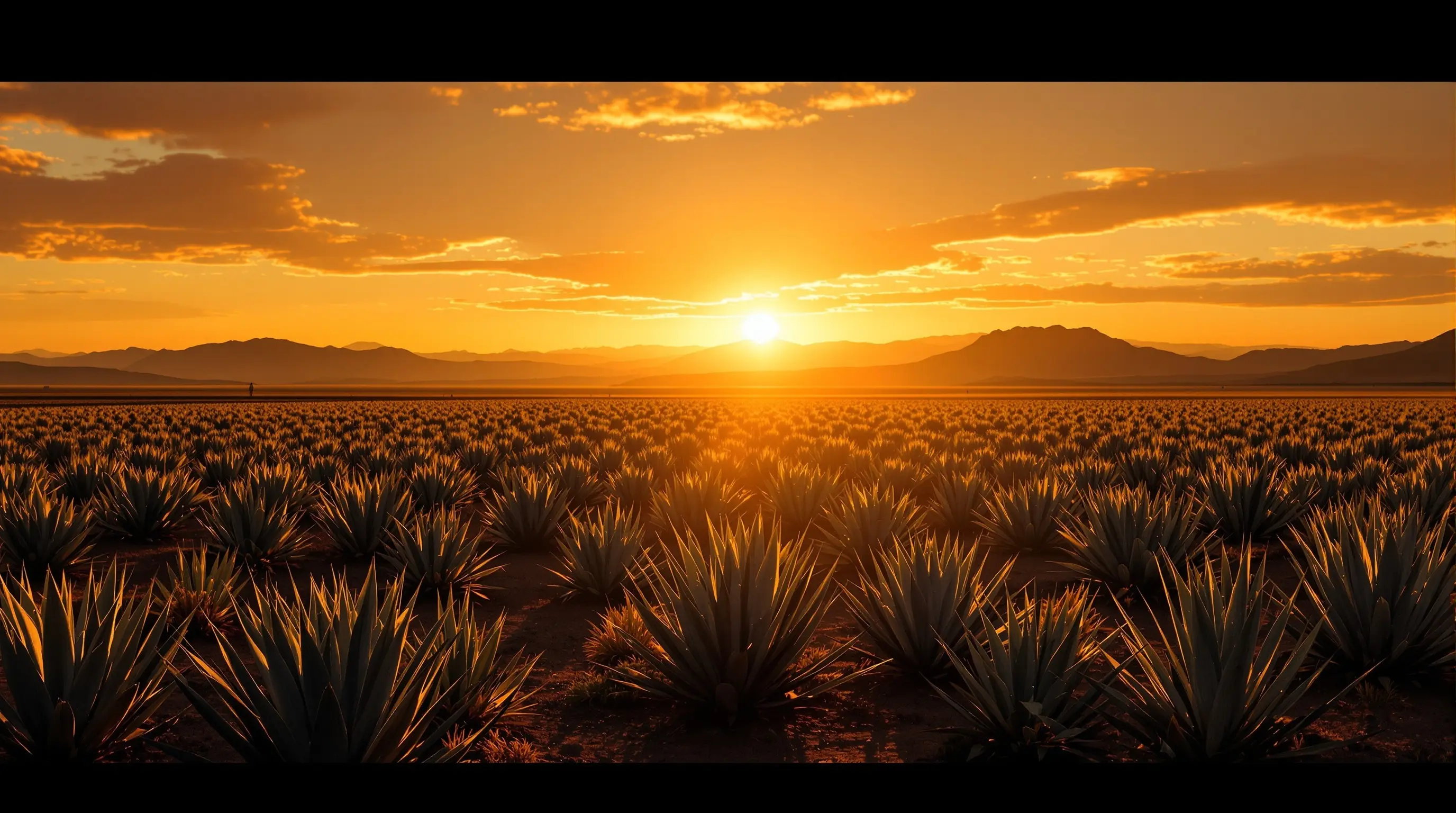Essential Knowledge
Understanding Agave: From Field to Glass
Seven Years in Volcanic Soil
Every copita begins with patience. Agave—a succulent, not a cactus—thrives in Mexico's volcanic terrain for seven to twelve years before harvest. Blue Weber for tequila. Espadín, Tobalá, Tepeztate for mezcal. Over thirty varieties, each expressing the terroir of its palenque.
Jimadores wield a specialized blade called a coa, carving away leaves to reveal the piña—the heart of the plant. Some weigh forty pounds. Others, two hundred. This is the foundation of everything that follows.
The Fundamental Distinctions
Geography defines both spirits. Tequila: five Mexican states, primarily Jalisco. Mezcal: nine states, primarily Oaxaca. Both carry protected designation of origin—like Champagne, like Scotch.
Production separates them further. Tequila piñas are steamed in industrial ovens. Mezcal piñas are roasted in underground earthen pits, yielding that signature smoke. Tequila demands Blue Weber agave exclusively. Mezcal embraces over thirty varieties, each expressing distinct terroir.
Classification by Age
Both tequila and mezcal are classified by aging:
- Blanco/Joven: Unaged or aged less than 2 months. Purest expression of agave flavor.
- Reposado: Aged 2-12 months in oak barrels. Balanced between agave and wood notes.
- Añejo: Aged 1-3 years. Rich, complex, often compared to fine cognac.
- Extra Añejo: Aged over 3 years. Ultra-premium sipping spirits with deep amber color.
The New Palenque Movement
Los Cabos sits outside traditional production zones—Baja California Sur is not Jalisco, nor Oaxaca. Yet the city has emerged as a nexus of agave culture: world-class bars, certified sommeliers, direct partnerships with artisanal distilleries.
The craft movement has elevated agave spirits to the echelon of fine wine and single-malt whiskey. Look for labels reading "additive-free" and "100% agave." These bottles represent terroir, single-estate discipline, and methods unchanged for centuries. This is mezcal's renaissance.


